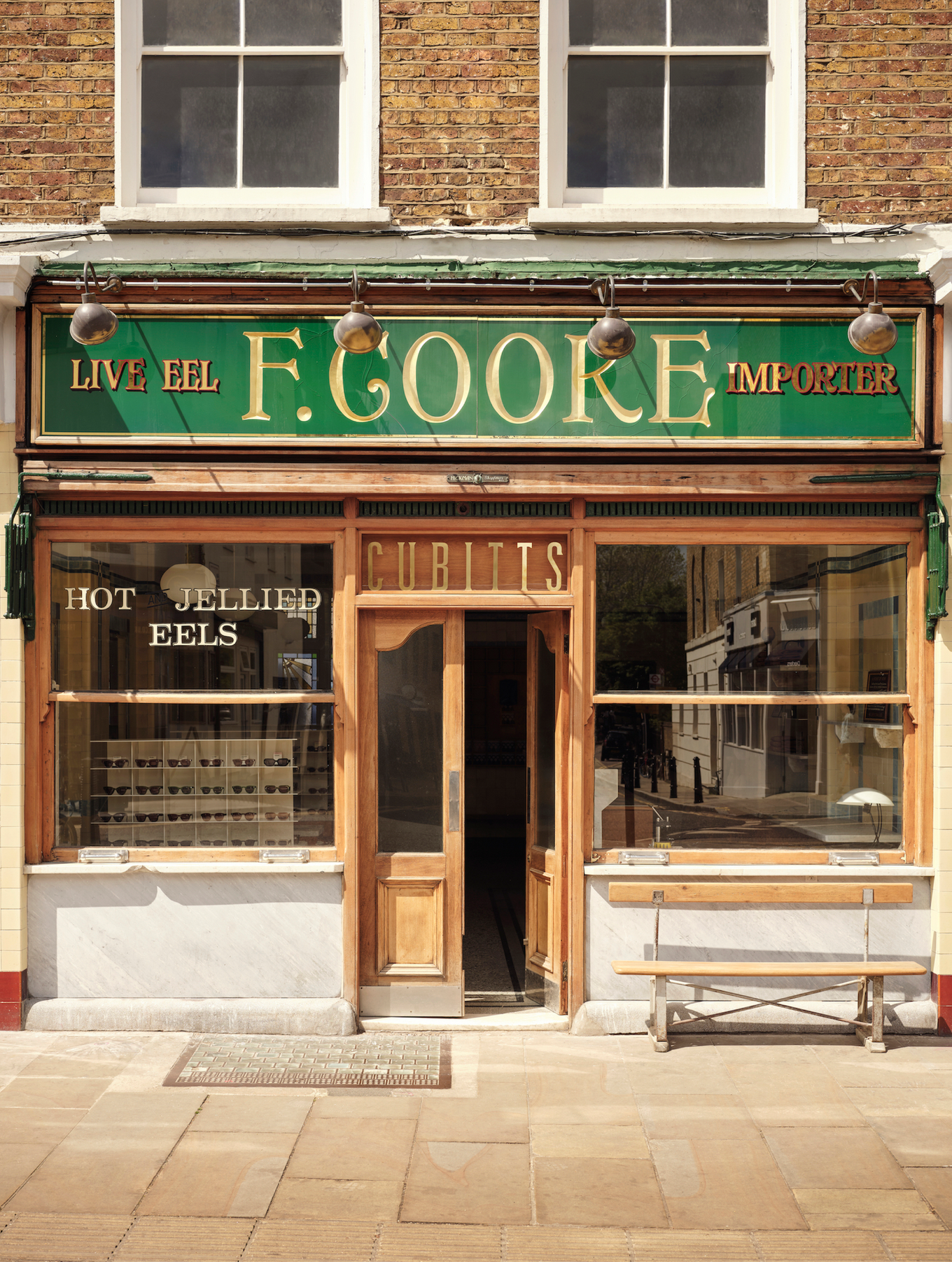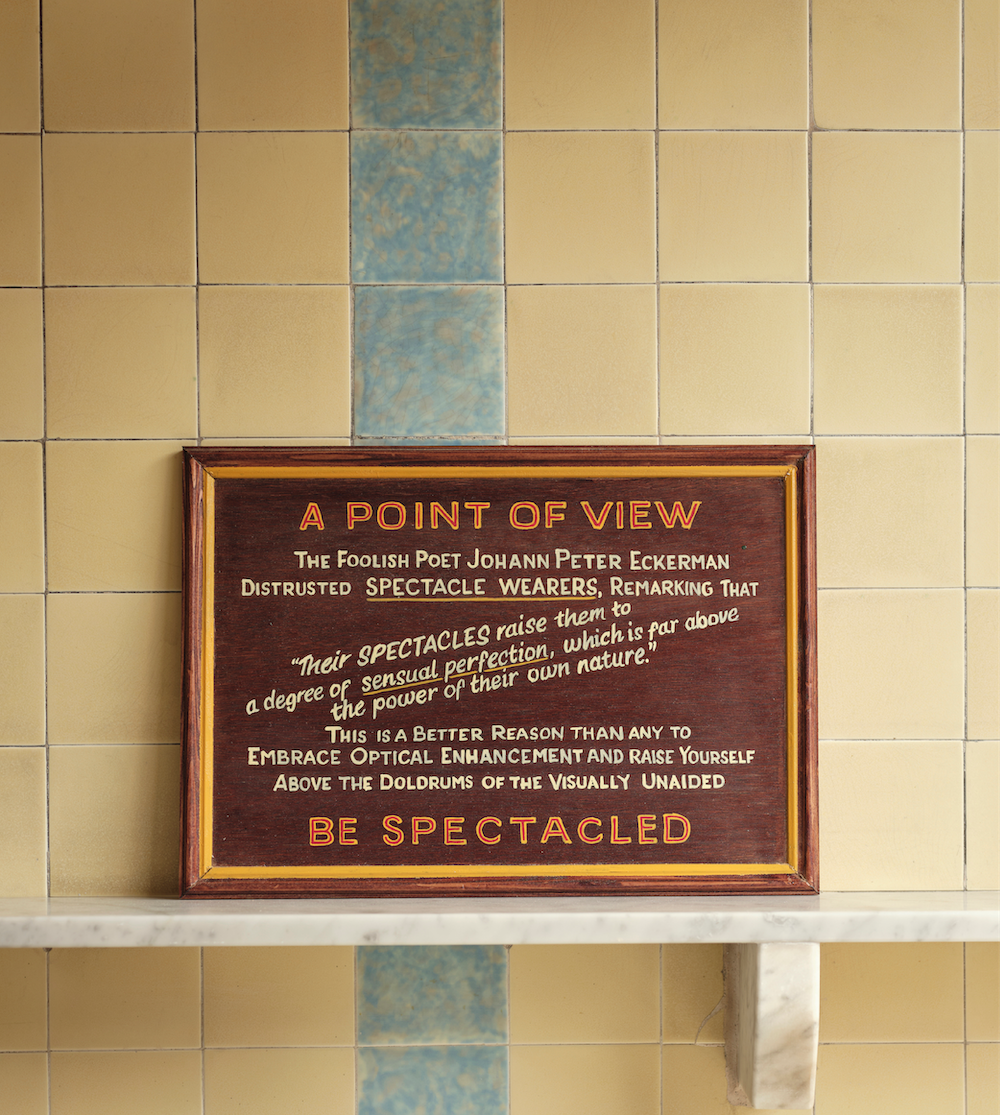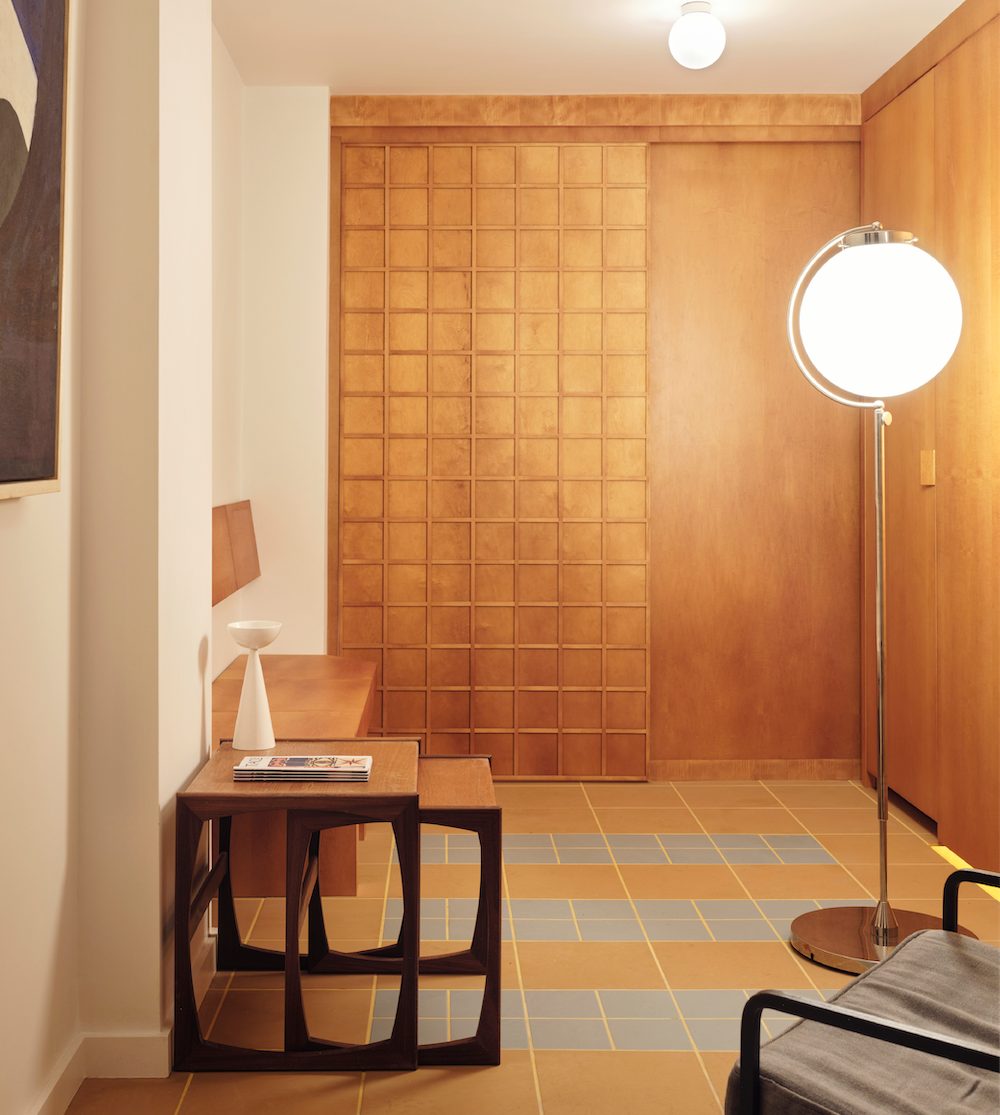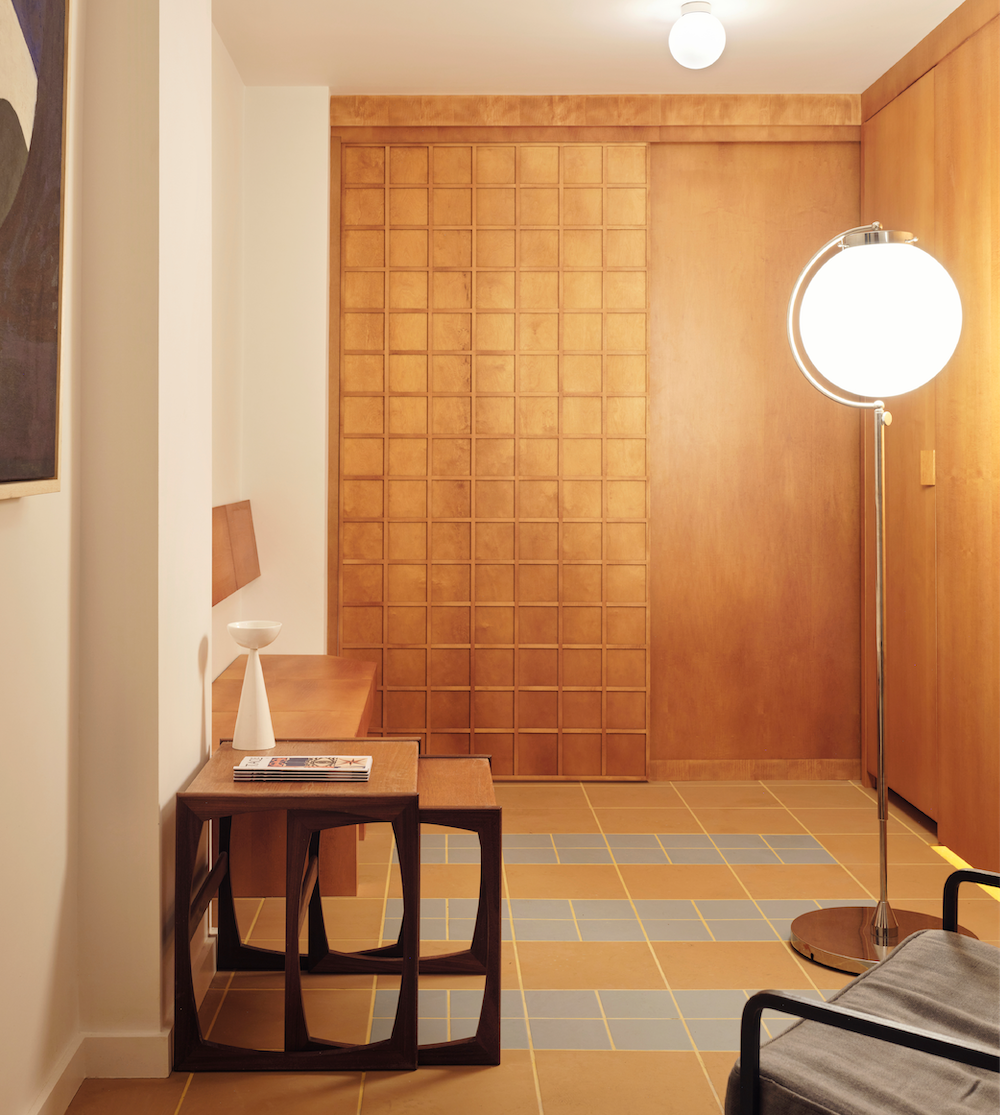
The first record of a dedicated bricks and mortar ‘Eel Pie House’ is in Henry Blanchard’s on 101 Union Street in Southwark, opened 1844. Thereafter, a number of establishments sprung up, serving eel pie to the working man in the comfort of a dedicated dining space. The notion of the restaurant, recently having crossed the channel from France, was by this point a popular diversion for the city’s bourgeoisie, largely situated in the West of London. The newly developing ‘Eel Pie House’ was formed in its opposition, a new space of leisure for entrepreneurially aspiring East-Enders.
Within the confines of this new establishment, this staple transformed from on-the-go street food to a meal on a plate. Eel pie served with mashed potatoes, and ‘liquor’ - a parsley sauce made with the stewing liquid from the eels. By this time however, the once plentiful supply of Thames eels had plummeted, through a combination of pollution and overfishing.


Enter Robert Cooke, an enterprising fishmonger who had opened his own Eel Pie House on Brick Lane. He was the first to serve his pie with a meat filling: minced beef and kidney, alongside the mash and eel and parsley liquor. And so was born that holy trinity of London cuisine, ‘the poor-man’s delicacy’ which would soon be served in every house. Some time thereafter, the ‘Eel Pie House’ became the ‘Pie and Mash Shop’, as they are still known today. But never - never - restaurant.
The name F. Cooke is taken from Robert’s son Fred, who followed in his father’s footsteps to open a second shop at 9 Broadway Market in 1900. By this point, the old fashioned pieman on the street had all but disappeared, cries of 'All ‘ot Pyes, ‘ot Pyes, all ‘ot' no longer a feature of the city’s winding streets, as East Londoners became used to enjoying their food between four walls.


In the 1930s, the second generation of Cookes owned five shops across London, which they remodelled, cultivating a unique aesthetic that would help to shape the visual aspect of this London institution. Each was fitted with tiled walls, terrazzo floors, inset mirrors, and immovable marble-topped tables with bench seating. Broadway Market’s design is amongst the most distinctive, its tiles a lemon yellow with eel-like sky blue bands tesselating across its surface. In the back of the shop, Fred Cooke installed an art deco window, featuring a starburst motif in bright yellow and blue stained glass. Gold lettering in the windows and above the doors announces the pedigree of this generational shop, a sense of pride in forming part the rich fabric of East London.
Now restored to its former tiled resplendence, the message of F. Cooke’s interior is evident; these were not simply spaces to provide quick food, but aesthetically considered aspirational environments for a form of leisure that had up to that point been the privileged territory of the bourgeoisie.


The branch of the Cooke family that once occupied this space, now represented by fifth generation Robert, has moved to Chelmsford in Essex, along with many of those who frequented 9 Broadway Market in its heyday, while his uncle Joe still serves pie and mash from F. Cooke in Hoxton, the family’s last within the city limits. The F. Cooke signage will remain on 9 Broadway Market forever more, along with its glorious interior. Those features that have been added pay homage to the shop’s 1930s fittings, and the aspirations they represented. 9 Broadway Market still wears its history proudly, even if the focus is now eyes rather than eels.






